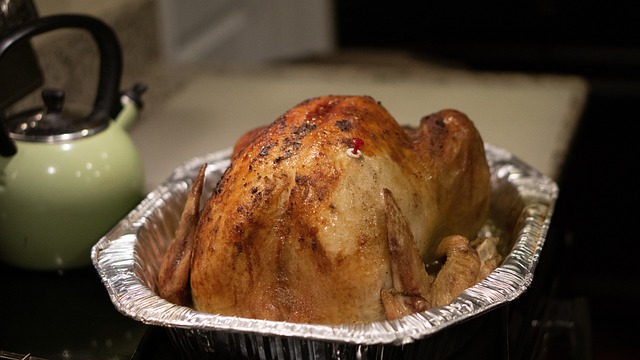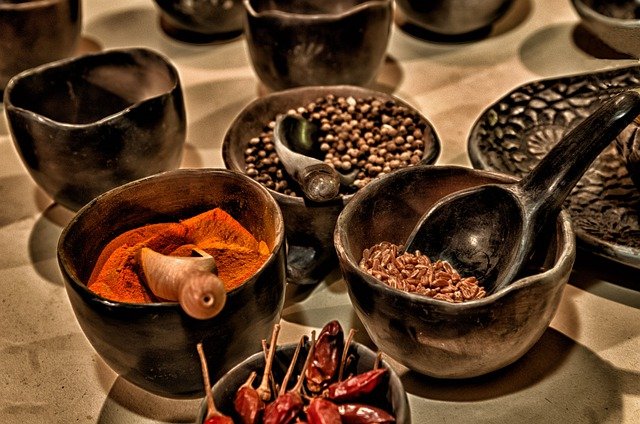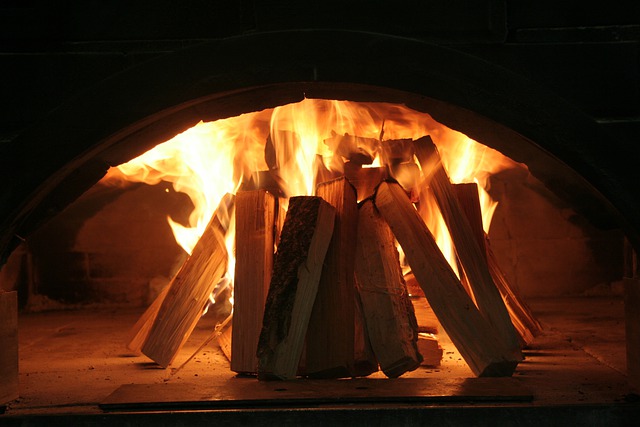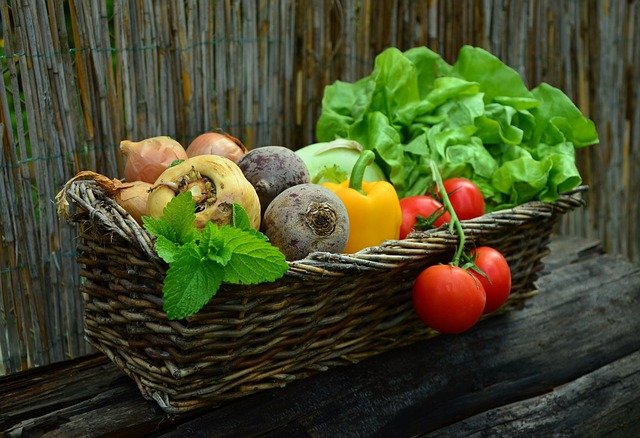Batch Baking during the Winter Months
Baking in the winter is great. The weather is cooler and the warming effects of the oven make baking so much more enjoyable. Baking in large batches is great for gift giving and even freezing to have throughout the winter. You can bake batches of food to have throughout the week when you’re running around … Read more





